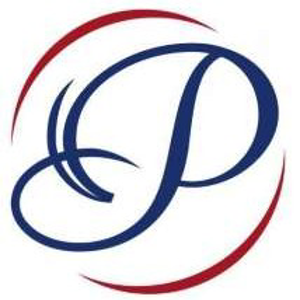@Jona - Let me clarify my previous response.
Regarding the statement "partitions allow for multiple parallel logs to be used for the same event hub, which multiplies the available raw IO throughput capacity", what I meant to say is that partitions allow for multiple parallel logs to be used for the same event hub, which multiplies the available raw IO throughput capacity of the underlying storage and its replicas. This is because maintaining a log that preserves the order of events requires that these events are being kept together in the underlying storage and its replicas, and partitioning allows for multiple parallel logs to be used for the same event hub, which multiplies the available raw IO throughput capacity of the underlying storage and its replicas.
Regarding your question about capacity spread across all the partitions, you are correct that there is no limitation in capacity or bandwidth on partitions. The only limitation is the number of partitions by SKU.
Regarding pricing, I apologize for the confusion. The number of partitions does not affect the pricing of an event hub. The pricing of an event hub depends on the number of pricing units (throughput units) that you choose for your event hub. In general, we recommend a maximum throughput of 1 MB/s per partition. Therefore, a rule of thumb for calculating the number of partitions would be to divide the maximum expected throughput by 1 MB/s.
So, in your case, if you want 5 TU of peak capacity, you should provision the number of partitions based on the expected peak load of your application. If you expect a peak load of 5 MB/s, you should provision at least 5 partitions to achieve the optimal throughput.
Regarding hot partitions, you are correct that there can be problems caused by hot partitions. To avoid hot partitions, you can use partition keys to evenly distribute traffic across partitions.
Hope this helps. Do let us know if you any further queries.

